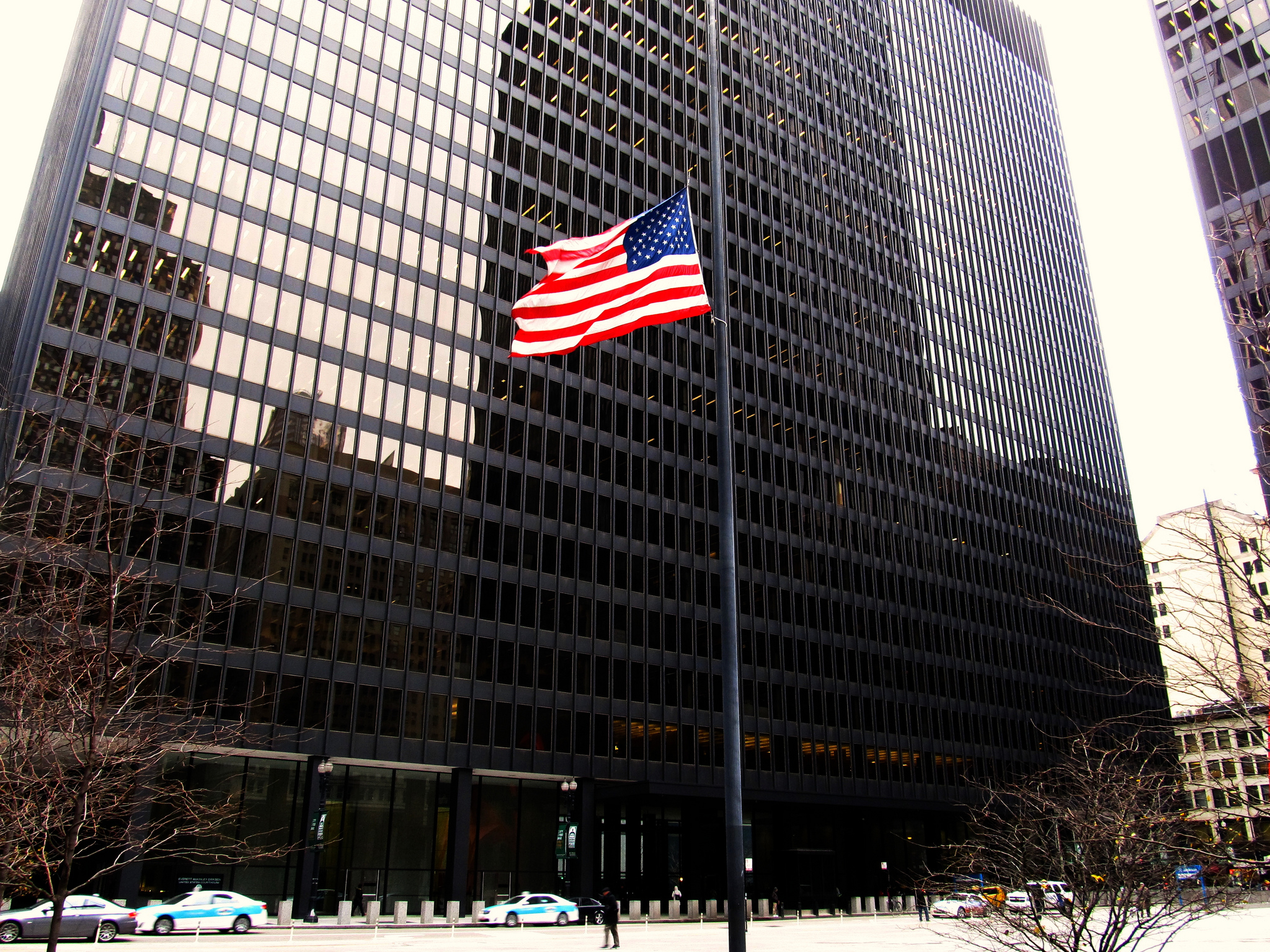 By Christopher Schmidt [reposted from ISCOTUSnow]
By Christopher Schmidt [reposted from ISCOTUSnow]
Last Tuesday, for the first time in her five years on the Supreme Court, Justice Sotomayor read a dissent from the bench. This was in Schuette v. Coalition to Defend Affirmative Action, the case in which the six-justice majority upheld Michigan’s ban on racial preferences in its public universities. Oral dissents, as a relatively unusual occurrence, can generate increased attention to a dissent. And a justice’s first oral dissent can be a particularly notable event. For example:
- Justice Scalia’s first oral dissent came in Morrison v. Olson (1988), a 7-1 ruling in which the Court upheld the law creating an independent counsel. Justice Scalia recently referred to this decision upholding “a terrible erosion of presidential power” as his most “wrenching” case.
- Justice Breyer’s first bench dissent came in United States v. Lopez (1995), decided during his first term on the Court. In Lopez the Court, for the first time since the New Deal, struck down a federal law as beyond the reach of the Commerce Clause.
- Justice Thomas liked the idea of an inaugural oral dissent so much that he tried to do it twice. His first bench dissent came in Stenberg v. Carhart (2000), in which the majority struck down Nebraska’s “partial-birth abortion” ban. Then, six years later, he opened his oral dissent in Hamdan v. Rumsfeld, a case involving the rights of prisoners held at Guantanamo, by announcing that it was the first time he had ever read a dissent from the bench.
That Justice Sotomayor chose this particular case for her first oral dissent makes sense. As various media accounts have noted, she has been outspoken in her support for affirmative action programs. In her memoir, Justice Sotomayor recognized that affirmative action played a critical role in her own life. During oral arguments in the Schuette case, she was particularly aggressive in challenging the lawyer defending the affirmative action ban. Her lengthy written dissent, which was joined by Justice Ginsberg, is impassioned and direct. Considering all this, it would be more surprising if she had chosen not to announce her dissent from the bench.
Yet Justice Sotomayor’s first oral dissent includes some added intrigue because she recently went on record dismissing the entire Supreme Court practice of announcing their decisions. In a February interview with Linda Greenhouse at Yale Law School, the Justice described bench dissents as primarily “entertainment for the press.” She noted the frustration she feels when “listening to my colleagues read their summary of our opinion and I’m saying, ‘That’s not what the case is really about; that’s not what it said.’” (Justice Sotomayor is hardly the first Justice to feel this way. Justice Frankfurter was notorious for turning his opinion announcements into impromptu lectures. One such performance led Chief Justice Stone to declare, “By God, Felix, if you had put all that stuff in the opinion, never in my life would I have agreed to it.”)
In the Yale interview, Justice Sotomayor did allow that an oral dissent can be “a signal of how fiercely someone believes that the Court is wrong, and I understand some of that value.” She added that she hoped “that people will actually read [the opinion] and be moved by it.” This is surely what led this oral dissent skeptic to embrace the practice in this instance. By announcing her dissent from the bench, she hopes to draw additional attention to her concerns with the majority opinion and to get more people to take the time to read the written opinion—which, as David Fontana explains, is notable both for its accessible, practical language and its personalized qualities.
Sotomayor’s portrayal of oral dissenting as “entertainment for the press” is not only refreshingly candid, it also happens to be a remarkably accurate description of how oral dissents actually work. The audiences for these performances are, for the most part, Supreme Court reporters. The Supreme Court does not release the audio of opinion announcements until the beginning of the following term, so for the months immediately following a bench dissent the American public relies on the press to reveal what happened. And, as ISCOTUS founder Carolyn Shapiro and I explain in our article on oral dissenting, the press tends to pick and choose which oral dissents to play up, which ones to simply mention, and which ones to ignore. Those oral dissents that fit into some larger narrative that a reporter wants to create are the ones that get the most attention. So when the story was the disillusionment of the liberal Justices with the conservative’s jurisprudence on racial preferences in public schools, Justice Breyer’s oral dissent in Parents Involved became a major event. When the story was Justice Stevens’ imminent retirement, his stumbles in presenting his dissent in Citizens United became notable. When the story was Justice Ginsburg finding her “voice” as the leading liberal on the Court, her oral dissents got amplified. And here, when the story is Justice Sotomayor’s deeply felt frustration with the colorblind constitutionalism favored by her conservative colleagues, her oral dissent becomes a powerful symbol for the press to latch onto in painting this particular judicial portrait.
Perhaps it is more accurate to say, an oral dissent is best understood not as entertainment for the press, but as an opportunity for the press. It is a moment that can serve as a potentially evocative, personalized way for reporters and commentators to convey to the general public what is happening in Court and why they should care.



Leave a Reply